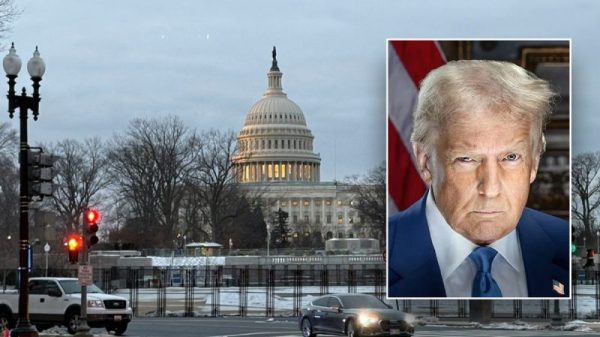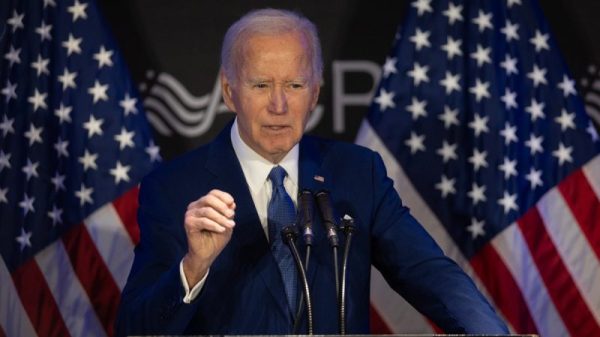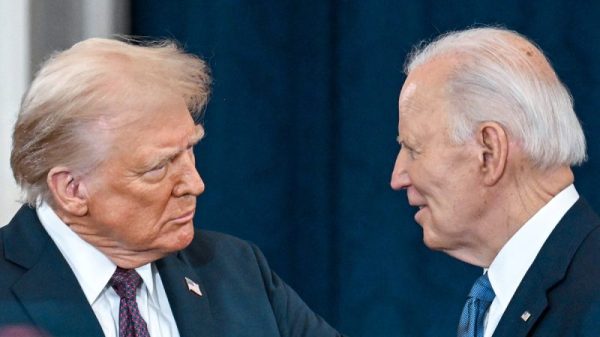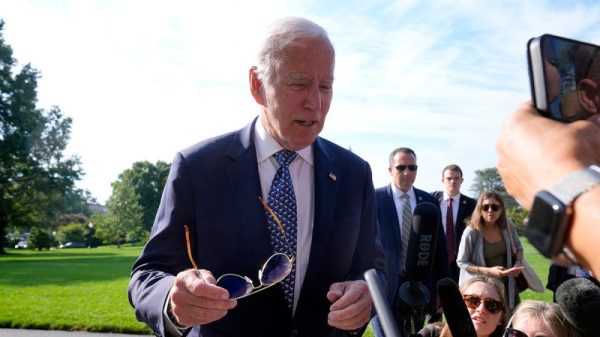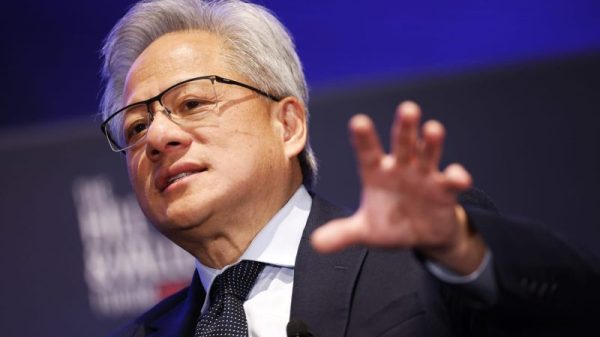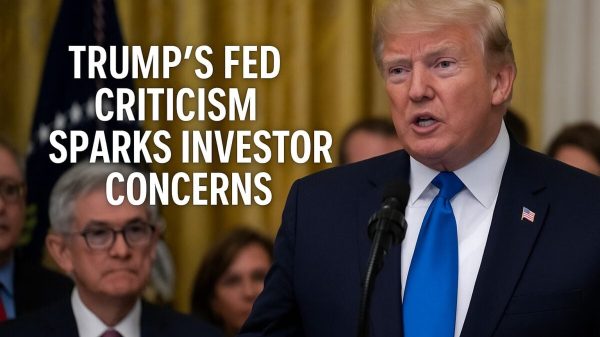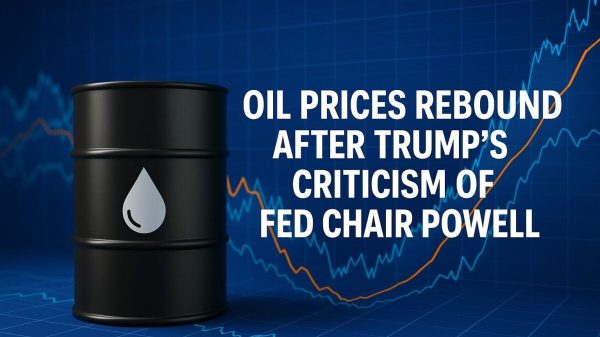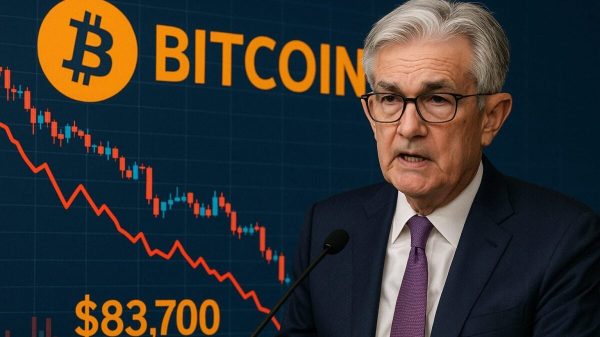OPEC+ Skepticism Causes Trading Crude Oil Slide
In the early hours of Wednesday’s Asian trading session, trading crude oil experienced a decline, reflecting ongoing scepticism surrounding the effectiveness of OPEC+ production cuts. The market also responded to growing concerns about China’s economic outlook. This pushed both Brent crude and US WTI crude futures to their lowest levels since July 6.
OPEC+ Assurances and China’s Pure Oil Rating: Market Impact
Despite OPEC+ agreeing to voluntary output cuts totalling 2.2 million barrels per day for Q1 2024, doubts persist about the full implementation of these measures. Russian Deputy Prime Minister Alexander Novak’s reassurances failed to sway market sentiment. The upcoming visit of Russian President Vladimir Putin to key OPEC members is going to include discussions on pure oil market cooperation.
China’s Economic Health Adds to Bearish Sentiment
Market concerns deepened with Moody’s downgrade of China’s A1 rating to negative. The downgrade cited increased risks associated with lower medium-term economic growth and ongoing downsizing in the property sector. The upcoming release of China’s preliminary trade data, including trading crude oil, is awaited on Thursday.
US Inventory Rise Further Dampens Market Confidence
Adding to the negative sentiment, reports from market sources revealed an increase in US crude oil and fuel inventories in the week ending December 1. Crude stocks surged by 594,000 barrels, gasoline stockpiles rose by 2.8 million barrels, and distillate inventories climbed by almost 1.9 million barrels. Official US government data on inventories is scheduled for release on Wednesday.
Oil Profit Inches Up as OPEC+ Cuts Face China Demand Worries
After four consecutive days of losses, oil prices inched up during Wednesday’s Asian trade. Investors grappled with the potential impact of extended OPEC+ cuts on tightening supplies while weighing apprehensions about a deteriorating demand outlook in China.
Saudi and Russian Officials Signal Flexibility in OPEC+ Cuts
Recent statements from Saudi and Russian officials suggesting the possibility of extending or deepening OPEC+ cuts based on the prevailing oil trading platform provided a glimmer of positivity. However, industry experts remain cautious, stating that beyond these statements, no immediate positive catalysts for oil prices are evident.
Market Respite from Geopolitical Tensions and China Demand Fears
Worries about the Israel-Hamas conflict’s potential spillover effect on the cheapest oil and renewed concerns after the US attributed an attack on its vessels to Iran offered a temporary respite to earlier price declines.
Analysts Remain Cautious Amidst Short-Term Rebound
Despite the marginal rebound, some analysts express bearish sentiments, emphasizing the weak strength of the current uptick. A bearish trend is anticipated, with predictions that oil prices may fall below the $70 per barrel mark.
China Economic Health and the US Inventory Rise Pose Challenges
Ongoing concerns about China’s economic health, which could limit overall fuel demand, coupled with an increase in US crude oil and fuel inventories, contribute to the challenging landscape for trading crude oil. The upcoming release of China’s preliminary trade data and official US government inventory data will likely impact market dynamics.
The post OPEC+ Skepticism Causes Trading Crude Oil Slide appeared first on FinanceBrokerage.

